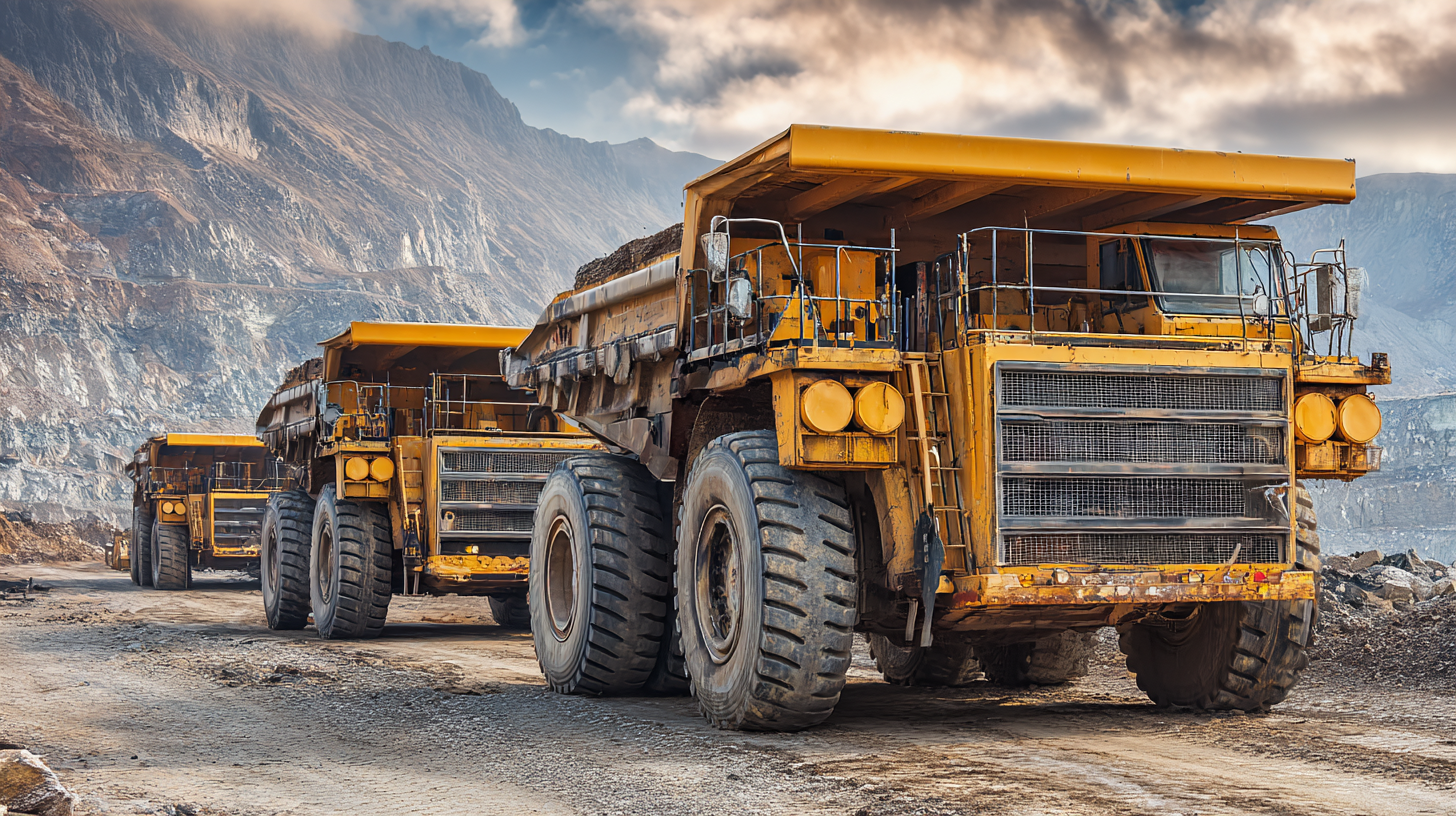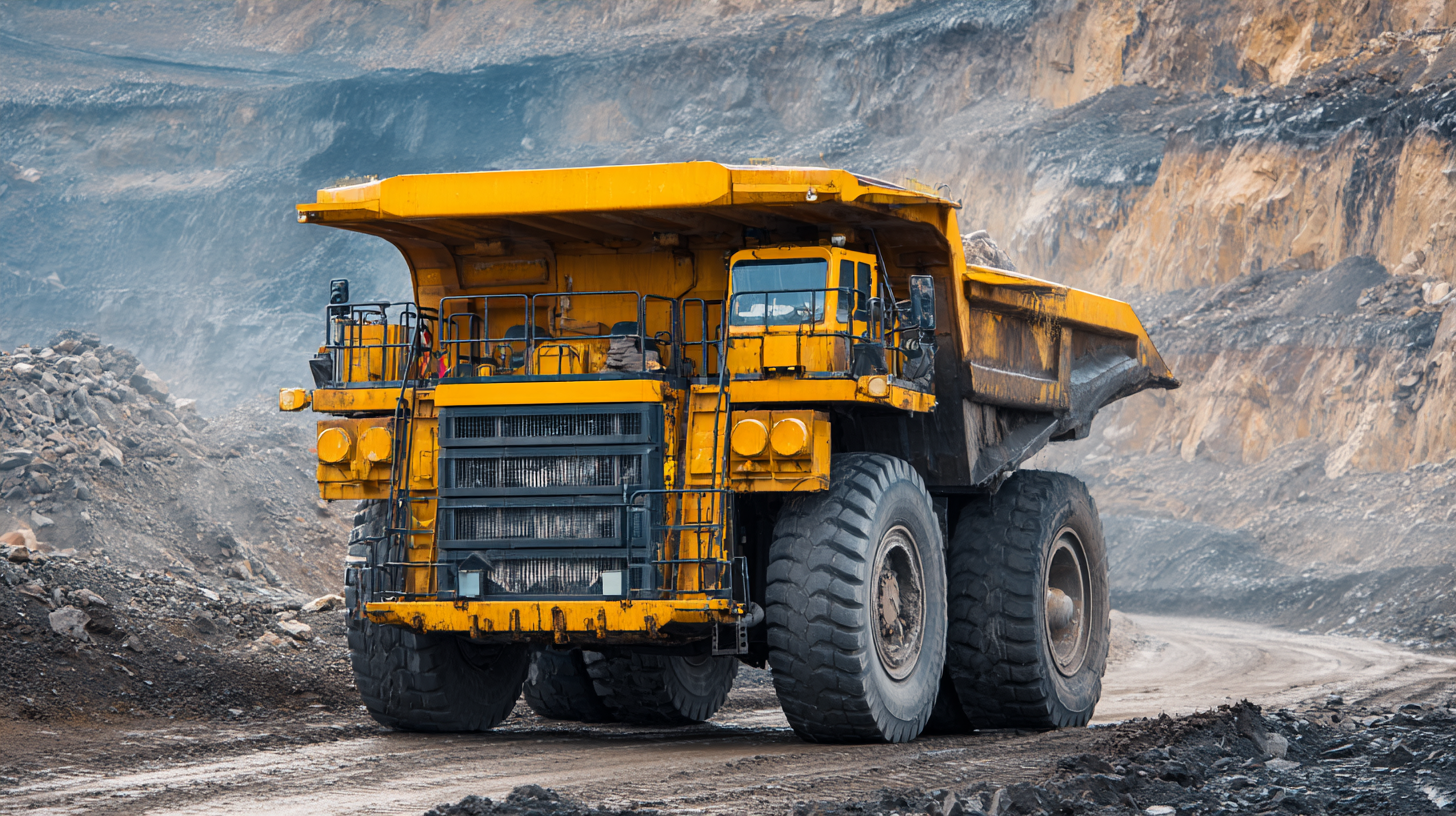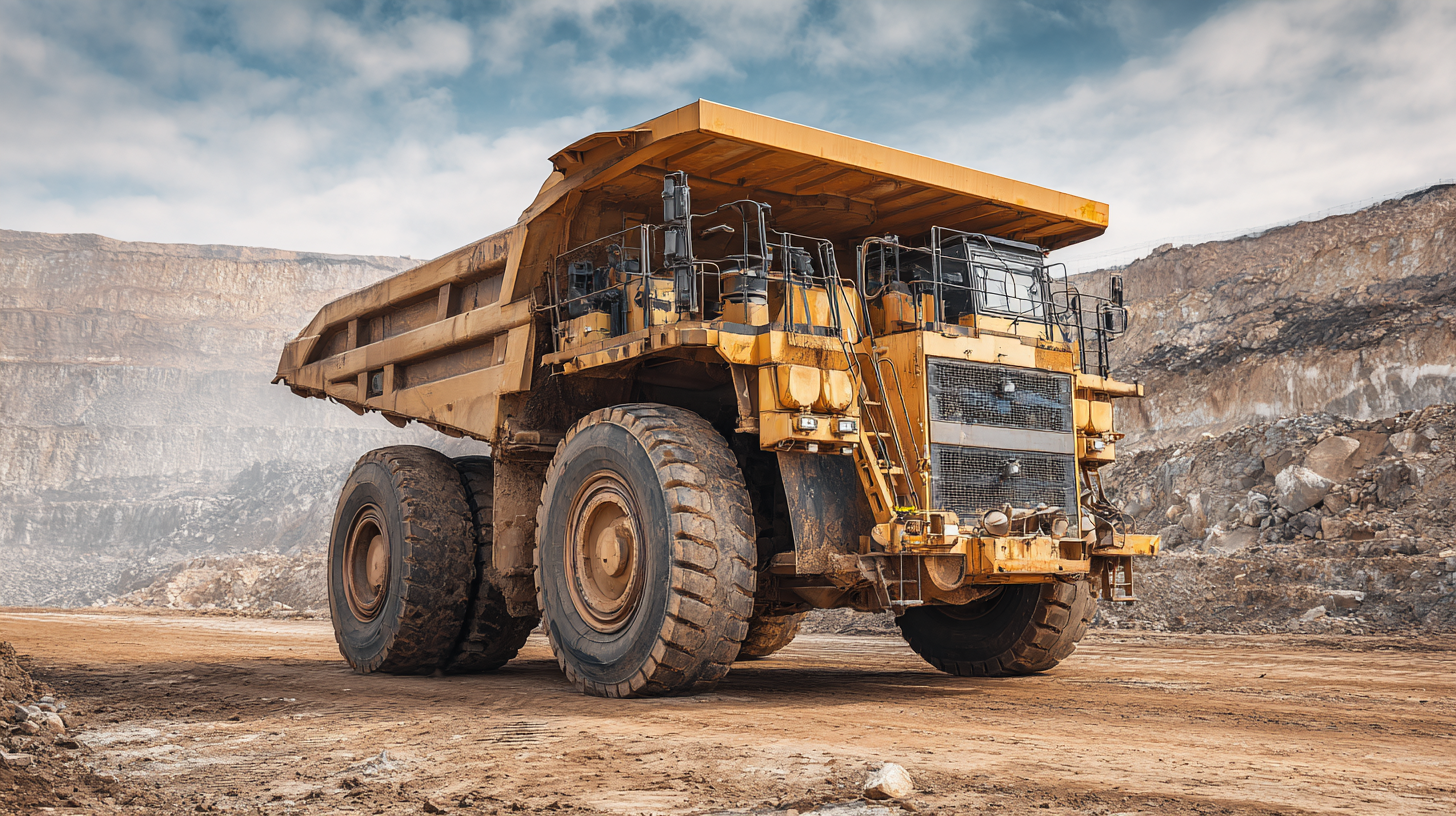In the competitive landscape of the mining industry, investing in the right equipment is crucial for maximizing efficiency and profitability. One of the most critical decisions that business owners face is selecting the right Types Of Mining Trucks to support their operations. These trucks come in various configurations, each designed to tackle specific challenges and demands of different mining environments.

Understanding the benefits and applications of these diverse types can significantly enhance operational performance and reduce costs over time. This blog will explore seven compelling reasons why investing in the best Types Of Mining Trucks can not only streamline your processes but also boost your overall business success. Whether you are extracting minerals from deep underground or conducting surface mining, choosing the right trucks can make a substantial difference in your operational efficiency and bottom line.
 Investing in high-quality mining trucks significantly enhances operational efficiency in the mining industry. Modern mining trucks are increasingly
integrated with advanced technologies such as automation and electrification, which enable continuous operation and reduce emissions. For instance, research indicates that advanced mining machines
have the potential to boost operational efficiency by up to 40% by 2025. This increase in efficiency not only leads to cost savings but also improves safety standards
across mining sites, as autonomous systems reduce human error and enhance oversight.
Investing in high-quality mining trucks significantly enhances operational efficiency in the mining industry. Modern mining trucks are increasingly
integrated with advanced technologies such as automation and electrification, which enable continuous operation and reduce emissions. For instance, research indicates that advanced mining machines
have the potential to boost operational efficiency by up to 40% by 2025. This increase in efficiency not only leads to cost savings but also improves safety standards
across mining sites, as autonomous systems reduce human error and enhance oversight.
Moreover, the transition towards sustainable mining practices is accelerating, with companies now prioritizing investments in technologies that support
the energy transition. The adoption of driverless trucks is a prime example, delivering 24/7 operational capabilities while substantially improving productivity. Furthermore, insights show that
mining electrification, emphasized by landmark agreements on high-quality mining equipment, will play a vital role in achieving sustainable growth. As the industry evolves, embracing these advancements not only meets regulatory
demands but also positions companies strategically for future opportunities in a market that increasingly values sustainability and efficiency.
Investing in premium mining trucks can significantly impact a company's bottom line, primarily through long-term savings. According to a report by the International Council on Mining and Metals (ICMM), companies can save up to 20% in operational costs by employing high-efficiency vehicles. This cost-effectiveness stems from these trucks’ advanced technology, which enhances fuel efficiency and reduces maintenance needs. For instance, the latest models are designed with innovative engine systems that optimize fuel consumption even in challenging terrains, providing significant savings over time.
Additionally, premium mining trucks often come equipped with superior safety features and adaptive technologies that minimize accidents and downtime. Research conducted by the Global Mining Guidelines Group indicates that enhanced safety protocols can reduce accident-related costs by as much as 25%, further justifying the initial investment in higher-quality equipment. By prioritizing these premium vehicles, businesses not only enhance their operational efficiency but also contribute to a safer working environment, ultimately leading to greater productivity and profitability in the mining sector.
When it comes to mining operations, the choice of trucks can significantly impact productivity. Different truck models offer varying load capacities, fuel efficiency, and maneuverability, which can affect the overall efficiency of the mining process. For instance, heavy-duty trucks with larger payloads can transport more materials per trip, thereby reducing the number of trips needed for a given mining operation. This not only saves time but also minimizes fuel consumption, leading to cost savings and increased profitability.
In contrast, smaller, more agile trucks can excel in tight, obstacle-laden environments where larger vehicles may struggle. Their compact size allows for better maneuverability, enabling quicker access to remote areas of the mining site. Furthermore, advanced models equipped with the latest technology, such as smart tracking systems and automated controls, can optimize routes and schedules, enhancing overall operational efficiency. By carefully considering the comparative performance of different truck models, mining companies can make informed decisions that align with their specific operational demands and goals.
The mining industry has long been synonymous with hazardous working conditions, but advancements in mining truck technology are significantly enhancing safety measures on site. According to a report by the International Council on Mining and Metals (ICMM), integrating advanced safety features in mining trucks can reduce accident rates by as much as 25%. Modern mining trucks are now equipped with technologies such as collision avoidance systems, which use sensors and cameras to detect obstacles and alert drivers, thereby mitigating the risk of accidents.
Moreover, ergonomically designed cabs and automated controls reduce driver fatigue, which is a critical factor in many workplace incidents. A study conducted by the Mining Safety and Health Administration (MSHA) revealed that fatigue-related incidents in mining operations account for approximately 12% of all workplace injuries. By investing in the best types of mining trucks with these advancements, companies not only safeguard their employees but also enhance operational efficiency, leading to reduced downtime from accidents. Thus, prioritizing safety through technology is a win-win for both workers and the bottom line.
This chart demonstrates the importance of various enhancements provided by advanced mining trucks. Investing in trucks that offer better safety, operational efficiency, and maintenance features can significantly boost a business's productivity and reduce hazards on site.
 Modern mining truck technology has significantly advanced, enabling companies to not only enhance their operational efficiency but also comply with rigorous environmental standards. According to a report by the International Council on Mining and Metals, about 30% of the mining industry's greenhouse gas emissions come from transport and logistics. As such, investing in the latest mining trucks equipped with state-of-the-art emissions control technologies can reduce a company’s environmental footprint while maintaining productivity.
Modern mining truck technology has significantly advanced, enabling companies to not only enhance their operational efficiency but also comply with rigorous environmental standards. According to a report by the International Council on Mining and Metals, about 30% of the mining industry's greenhouse gas emissions come from transport and logistics. As such, investing in the latest mining trucks equipped with state-of-the-art emissions control technologies can reduce a company’s environmental footprint while maintaining productivity.
Moreover, adopting advanced mining trucks with features like hybrid engines and low-emission systems can yield substantial cost savings over time. A study from the Mining Industry Research Association highlighted that companies implementing these technologies saw a reduction in fuel costs by up to 20%. This not only boosts profitability but also enhances the company's reputation as a responsible environmental steward.
Tip: Regular maintenance of your mining trucks can further improve fuel efficiency and reduce emissions. Ensure that engines are serviced and emissions systems are inspected routinely to maximize performance and compliance with environmental regulations.
Tip: Consider retrofitting older trucks with modern technology. This practice can extend the lifespan of your fleet while aligning with sustainability goals without the need for a complete overhaul.